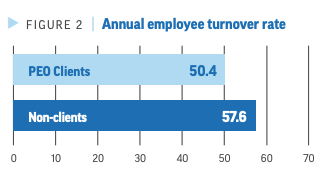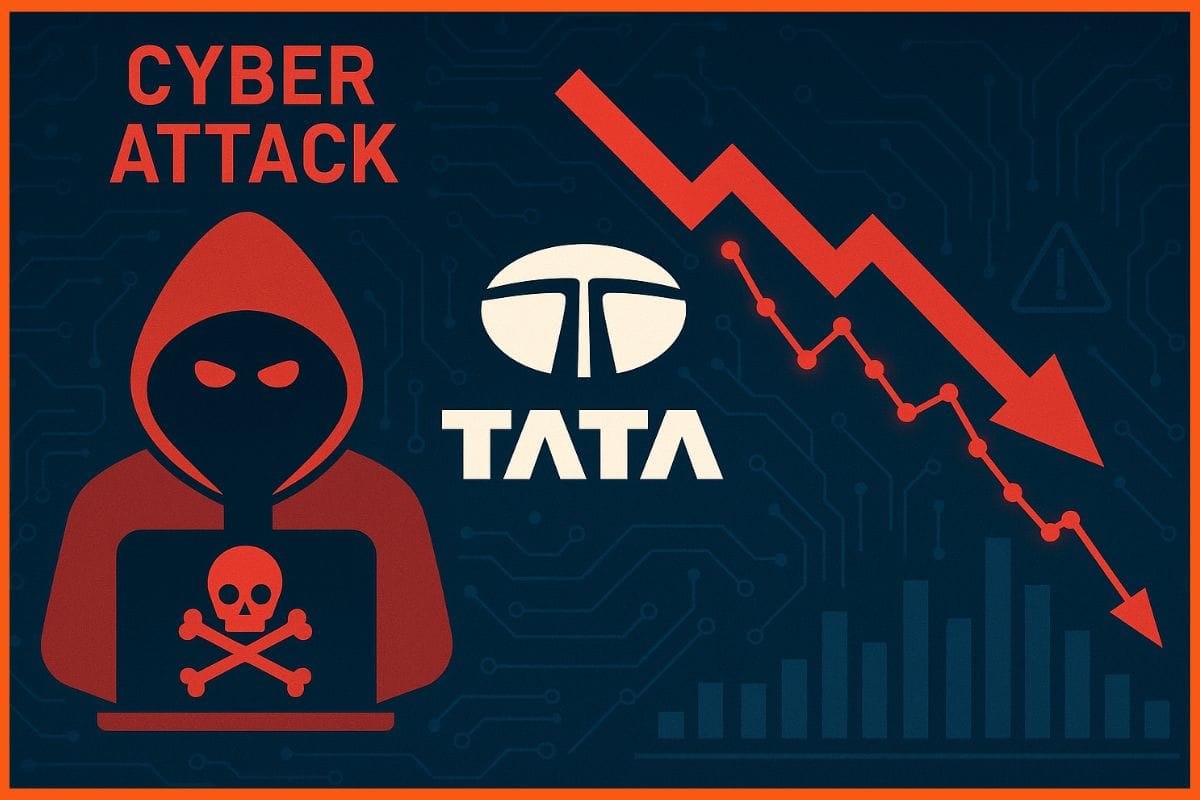When a critical machine breaks down, the first question most maintenance teams ask is, “Do we have a spare?” If the response is negative, it leads to delays, downtime, and disgruntled customers. Parts inventory is more than just storage in sectors where uptime equates to revenue; it’s also about cost control, customer satisfaction, and operational efficiency.
This is where parts inventory management software makes all the difference. Instead of relying on spreadsheets or manual counts, teams can use digital tools to track stock in real time, reduce waste, and ensure the right parts are available when needed.
Why Parts Inventory Management Matters
Spare part management is frequently more difficult than it first appears. Maintenance parts don’t always move in predictable ways like regular inventory does. Some items receive daily use, while others may remain idle for months. Businesses run the risk of having too much inventory, which can tie up capital, or running out of essential parts when they’re most needed if proper oversight isn’t in place.
According to Deloitte, poor spare parts availability is a major contributor to the estimated $50 billion in annual costs incurred by industrial manufacturers due to unplanned downtime. Protecting the bottom line is more important than convenience when it comes to inventory management.
Top Benefits of Using Parts Inventory Management Software
Suppose a hotel’s maintenance crew is preparing for the busiest season of the year. Without proper inventory control, they risk running out of essential HVAC parts during a heatwave—a dire situation that could frustrate guests and damage the hotel’s reputation. With parts inventory management software, the team can monitor stock levels, receive low-stock alerts, and order parts proactively. This not only prevents costly emergencies but also ensures uninterrupted comfort and service for guests.
The same idea holds true for all industries. Having the appropriate parts at the right time guarantees efficient operations and happy clients. Modern software tools are designed to solve the challenges that manual systems create. Here are a few of the biggest benefits:
1. Real-Time Visibility: Managers can view quantities, locations, and usage history instantly, eliminating the need to guess what’s in stock. This guarantees that technicians always know where to find what they need and gets rid of duplicate orders.
2. Smarter Purchasing Decisions: Finding out which parts are most commonly used, which are outdated, and which should be ordered ahead of time is made simpler by data-driven insights. This aids businesses in finding the ideal balance between price and availability.
3. Streamlined Workflows: Work orders can be automatically associated with parts through software integration. The system reduces manual paperwork and errors by updating inventory in real time when a technician creates a request.
4. Reduced Downtime: Keeping essential spare parts on hand reduces the expense of downtime and speeds up repair times. Moreover, automated alerts for low stock levels ensure that teams are never unprepared.
5. Improved Compliance and Reporting: Software offers a trustworthy audit trail for sectors with stringent regulatory requirements. From purchase to use, every transaction is tracked and readily available when required.
Best Practices for Implementing Inventory Management Software
To optimize your investment, consider these proven strategies:
- Audit Current Inventory: Start by understanding what you have, where it is, and how it’s being used.
- Set Reorder Points: Use historical data to define when parts should be reordered before stockouts occur.
- Integrate with Work Orders: Ensure that parts automatically update when linked to maintenance requests.
- Train Your Team: For adoption to be successful, the system must be regularly used by all users, from technicians to managers.
- Review and Optimize Regularly: Periodic checks will highlight inefficiencies and opportunities for improvement.
Turning Spare Parts into a Strategic Advantage
Effective spare part management is now wanted by businesses that depend on sophisticated machinery. Digital solutions offer accuracy, efficiency, and peace of mind, whereas manual systems allow for too much error.
Businesses can reduce downtime, enhance cost control, and maintain seamless operations by implementing parts inventory management software. The correct system can make the difference between responding to issues and preventing them completely in a world where every minute of uptime matters.



